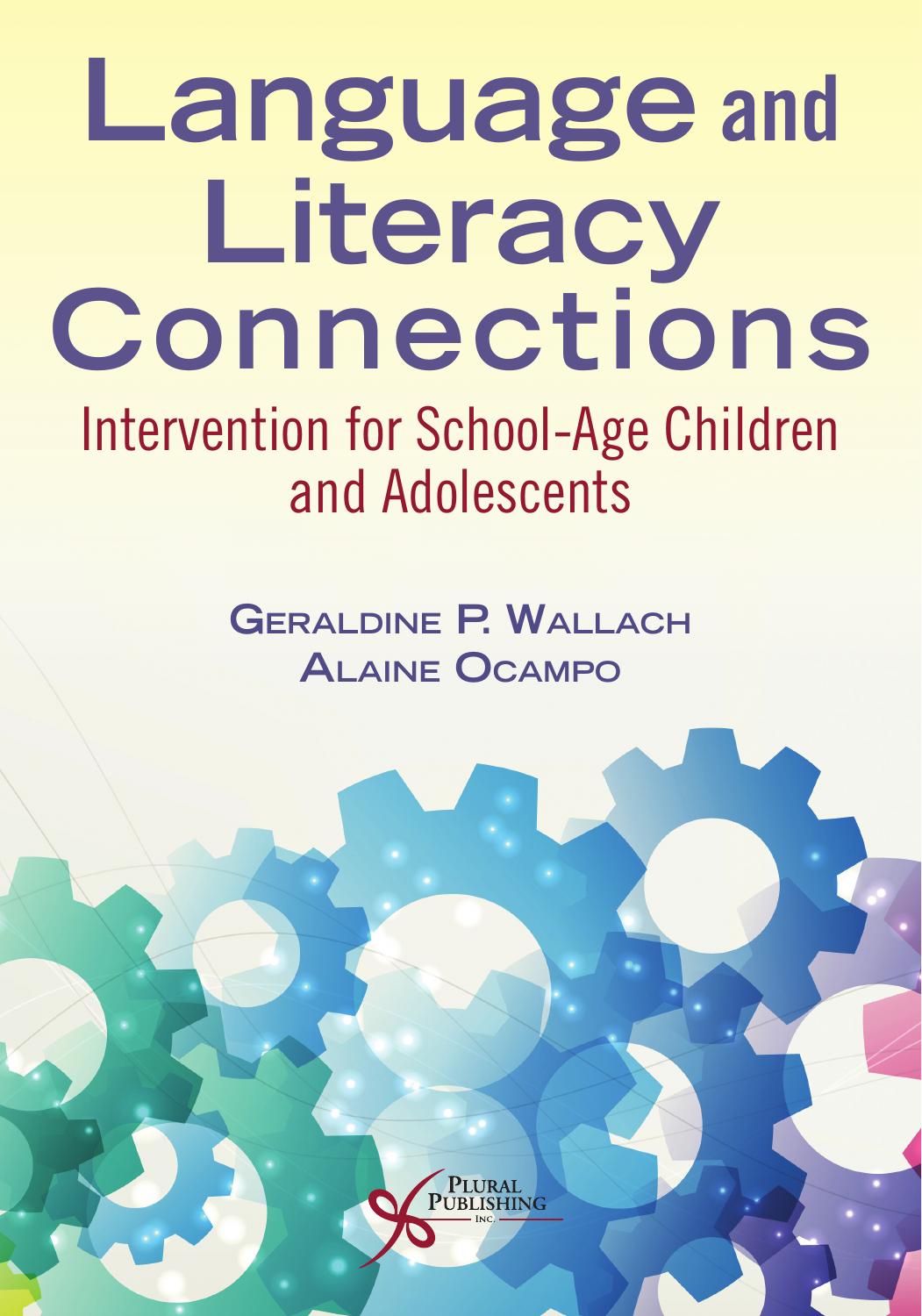

Most ebook files are in PDF format, so you can easily read them using various software such as Foxit Reader or directly on the Google Chrome browser.
Some ebook files are released by publishers in other formats such as .awz, .mobi, .epub, .fb2, etc. You may need to install specific software to read these formats on mobile/PC, such as Calibre.
Please read the tutorial at this link. https://ebooknice.com/page/post?id=faq
We offer FREE conversion to the popular formats you request; however, this may take some time. Therefore, right after payment, please email us, and we will try to provide the service as quickly as possible.
For some exceptional file formats or broken links (if any), please refrain from opening any disputes. Instead, email us first, and we will try to assist within a maximum of 6 hours.
EbookNice Team

Status:
Available4.4
27 reviewsUnravel the connections between LANGUAGE & LITERACY and help your students thrive in their classrooms and beyond. . .
Language and Literacy Connections: Intervention for School-Age Children and Adolescents takes readers on a path of knowledge steeped in principles and practical applications. This much-needed new text uniquely integrates language learning and disorders and literacy together in a coherent and cohesive narrative that covers the challenges facing school-age students from early elementary levels through high school. Using past and current research and interventions from speech-language pathology (SLP) and reading and literacy arenas, the authors present transcripts, cases, and detailed intervention sessions to provide a template for daily practice. The text raises questions relating to "why am I doing this?" and provides some answers to this most complex, yet basic, question.
Language and Literacy Connections…
Uses strong theoretical foundations with detailed applications to real-life situations and practices
Highlights the different levels of literacy, from foundational to disciplinary, that underpin current thinking
Includes three major sections that build upon one another as the authors navigate through: (1) conceptual frameworks, (2) practical applications across discourse intervention and individual language components, and (3) service delivery models
Addresses the role of comprehension in auditory processing and classroom difficulties
Compares effective and less effective intervention sessions with explanations about why each fall within a category
Debunks common myths and practices that have been questionable for decades but that persist in practice
Offers innovative suggestions related to providing collaborative service delivery procedures through virtual online platforms and specific lesson plans
Answers the question asked by many school-based SLPs: How do I add literacy on top of my responsibilities when my caseloads are so large and demanding?
Key Features
Questions at the beginning of each chapter that reflect concerns of SLPs and their teams
Projects and assignments that supplement and review the material
Examples of teaching modules with practical lesson plans that integrate the role of SLPs in Interprofessional Practices (IPP) while explicitly addressing the curriculum across a variety of subject areas
A PluralPlus companion website with PowerPoint slides for instructors, as well as videos, case studies, and sample forms and reports for students